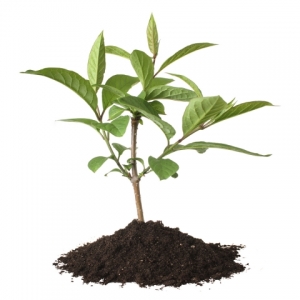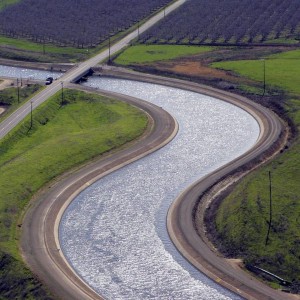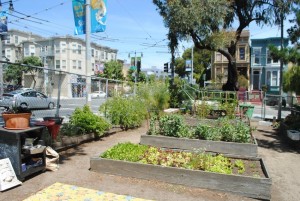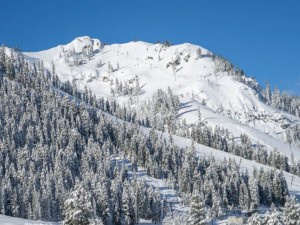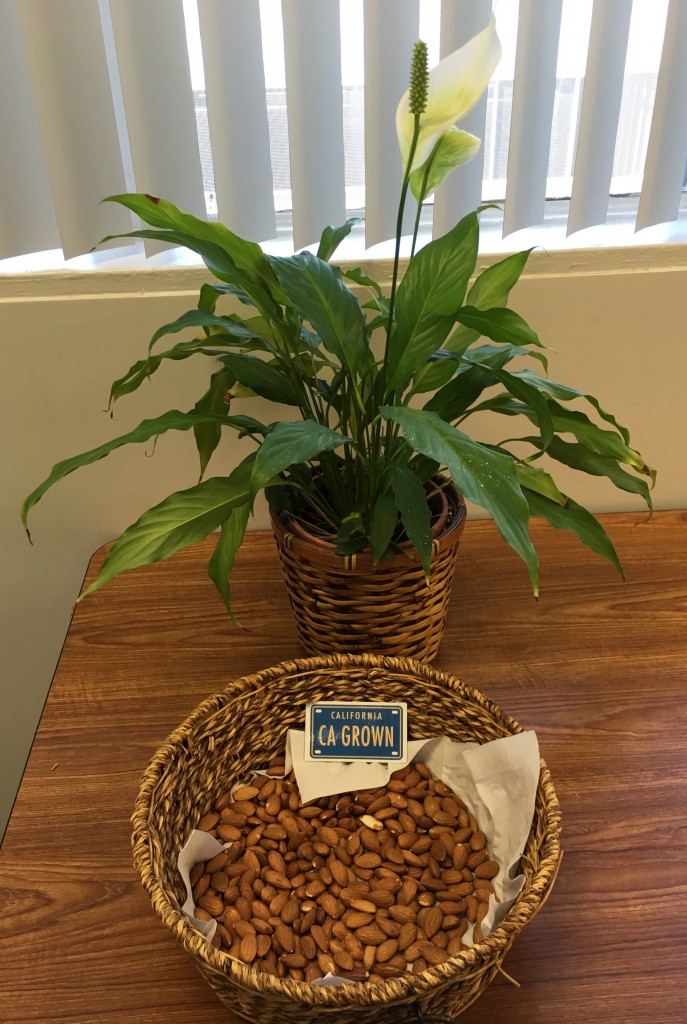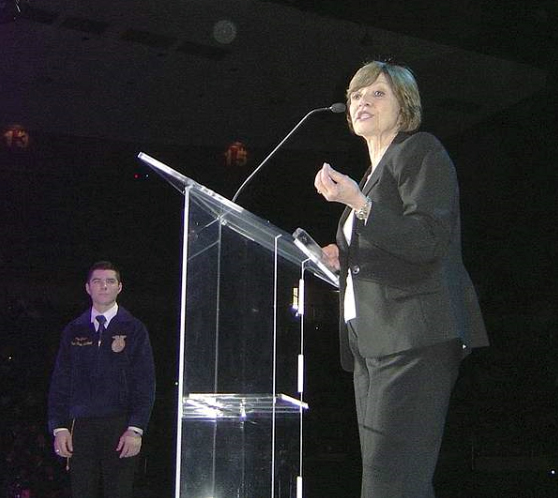News release from Sustainable Conservation
The Sand County Foundation, the California Farm Bureau Federation and Sustainable Conservation are accepting applications through July 8 for the $10,000 California Leopold Conservation Award. The award honors California farmers, ranchers and other private landowners who demonstrate outstanding stewardship and management of natural resources.
Given in honor of renowned conservationist Aldo Leopold, the Leopold Conservation Award inspires other landowners by example and provides a visible forum where farmers, ranchers and other private landowners are recognized as conservation leaders. In his influential 1949 book, A Sand County Almanac, Leopold called for an ethical relationship between people and the land they own and manage, which he called “an evolutionary possibility and an ecological necessity.”
“Because approximately half of California is privately owned, farmers, ranchers and other landowners are on the front lines in keeping the state’s environment – our land, air, water, wildlife and climate – vibrant,” said Sustainable Conservation Executive Director Ashley Boren. “The Leopold Conservation Award is proud to celebrate those deserving, but often overlooked, landowner heroes who do their part every day to steward our environment in ways that benefit people, our economy and the planet.”
“Farmers and ranchers must continually adapt to changing conditions from weather, markets for their products and regulatory compliance,” said Paul Wenger, President of the California Farm Bureau Federation. “There is no blueprint for growing the unique and diverse cornucopia of crops California is known for, in equally unique and diverse geographical regions throughout our state. The Leopold Conservation Award recognizes those farmers and ranchers who strive to maximize their economic opportunities while also protecting and enhancing the natural resources that are the basic foundation of their farm or ranch.”
“There are a number of agriculturalists in California that are caring for the environment through ecologically sound practices and conservation on their farms and ranches,” said 2015 award recipients Jim and Mary Rickert of Prather Ranch. “It’s an incredible honor to receive the Leopold Conservation Award, and we would like to encourage others to apply for this very prestigious award and share their story with others.”
The 2016 California Leopold Conservation Award will be presented in December at the California Farm Bureau Federation’s Annual Meeting in Monterey. The award recipient will receive $10,000 and a crystal depicting Aldo Leopold.
Nominations must be postmarked by July 8, 2016, and mailed to Leopold Conservation Award c/o Sustainable Conservation, 98 Battery Street, Suite 302, San Francisco, CA 94111. Nominations may be submitted on behalf of a landowner, or landowners may nominate themselves. For application information, please visit www.leopoldconservationaward.org.
The California Leopold Conservation Award is possible thanks to generous contributions from The Harvey L. & Maud S. Sorenson Foundation, The Nature Conservancy, Environmental Defense Fund, American AgCredit, DuPont Pioneer and The Mosaic Company.
ABOUT THE LEOPOLD CONSERVATION AWARD
The Leopold Conservation Award is a competitive award that recognizes landowner achievement in voluntary conservation. The award consists of a crystal award depicting Aldo Leopold and $10,000. Sand County Foundation presents Leopold Conservation Awards in California, Colorado, Kansas, Kentucky, Nebraska, North Dakota, South Dakota, Texas, Utah, Wisconsin and Wyoming.
ABOUT SAND COUNTY FOUNDATION
Sand County Foundation is a non-profit conservation organization dedicated to working with private landowners to advance the use of ethical and scientifically sound land management practices that benefit the environment. www.sandcounty.net
ABOUT CALIFORNIA FARM BUREAU FEDERATION
The California Farm Bureau Federation works to protect family farms and ranches on behalf of more than 53,000 members statewide and as part of a nationwide network of more than 6.2 million Farm Bureau members. www.cfbf.com
ABOUT SUSTAINABLE CONSERVATION
Sustainable Conservation helps California thrive by uniting people to solve the toughest challenges facing our land, air and water. Since 1993, it has brought together business, landowners and government to steward the resources that we all depend on in ways that make economic sense. Sustainable Conservation believes common ground is California’s most important resource. www.suscon.org




